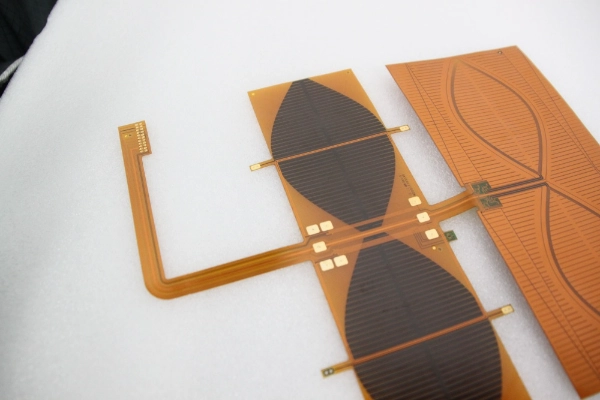In the realm of architecture and design, the terms veneer and façade are often used interchangeably, leading to confusion among professionals and enthusiasts alike. However, understanding the nuanced differences between these two elements is crucial for anyone involved in construction, design, or real estate. This article delves into the definitions, applications, and implications of veneers and façades, providing a comprehensive overview that highlights their unique characteristics and roles in modern architecture.
Defining Veneers and Façades
Veneer refers to a thin layer or slice of material, typically wood, that is glued onto core panels (like wood, particle board, or medium-density fiberboard) to produce flat panels such as doors, tops, and panels for cabinets, parquet floors, and parts of furniture. Veneers are primarily used for aesthetic purposes, allowing for the appearance of solid wood while utilizing less material and reducing costs. They can also be made from various materials, including stone, metal, and even synthetic composites, depending on the desired finish and application.
On the other hand, a façade is the exterior face of a building, often designed to be visually striking and to convey the architectural style of the structure. Façades can be constructed from a variety of materials, including glass, concrete, brick, and stone, and they serve both functional and aesthetic purposes. They are critical in defining the overall look of a building and can significantly influence its energy efficiency, durability, and environmental impact.
Key Differences Between Veneers and Façades
- Material Composition:
- Veneers are typically thin slices of material that are adhered to a substrate. They are often made from high-quality woods or engineered materials, allowing for a wide range of finishes and textures.
- Façades, in contrast, are structural elements that can incorporate a variety of materials, including heavy-duty options like concrete and steel, as well as lighter materials like glass and aluminum.
- Functionality:
- The primary function of a veneer is aesthetic enhancement. It provides the appearance of a more expensive material while being cost-effective and lightweight.
- A façade serves multiple functions: it protects the building from environmental elements, contributes to the structural integrity, and plays a significant role in energy efficiency through insulation and ventilation.
- Installation and Maintenance:
- Veneers are generally easier to install and replace, as they are often applied to existing surfaces. However, they may require careful handling to avoid damage during installation.
- Façades require more complex installation processes, often involving structural considerations and compliance with building codes. Maintenance can also be more demanding, depending on the materials used and the environmental conditions.
- Aesthetic Impact:
- While both veneers and façades contribute to the visual appeal of a structure, veneers are often used to create a specific look on furniture or interior surfaces, while façades are designed to make a bold statement about the building's identity and purpose.
Practical Applications in Architecture
Understanding the differences between veneers and façades can significantly impact design decisions in architecture. For instance, when designing a commercial building, architects may choose a glass façade to maximize natural light and create an inviting atmosphere, while using wood veneers in the interior to add warmth and sophistication.
In residential design, homeowners might opt for a brick façade for durability and timeless appeal, while selecting wood veneers for cabinetry and furniture to achieve a cohesive aesthetic throughout the home.
Conclusion
In summary, while veneers and façades may seem similar at first glance, they serve distinct purposes in the world of architecture. Veneers provide an economical way to achieve high-quality finishes on interior surfaces, while façades are essential for defining a building's exterior and ensuring its structural integrity. By understanding these differences, architects, designers, and builders can make informed choices that enhance both the functionality and aesthetic appeal of their projects.

